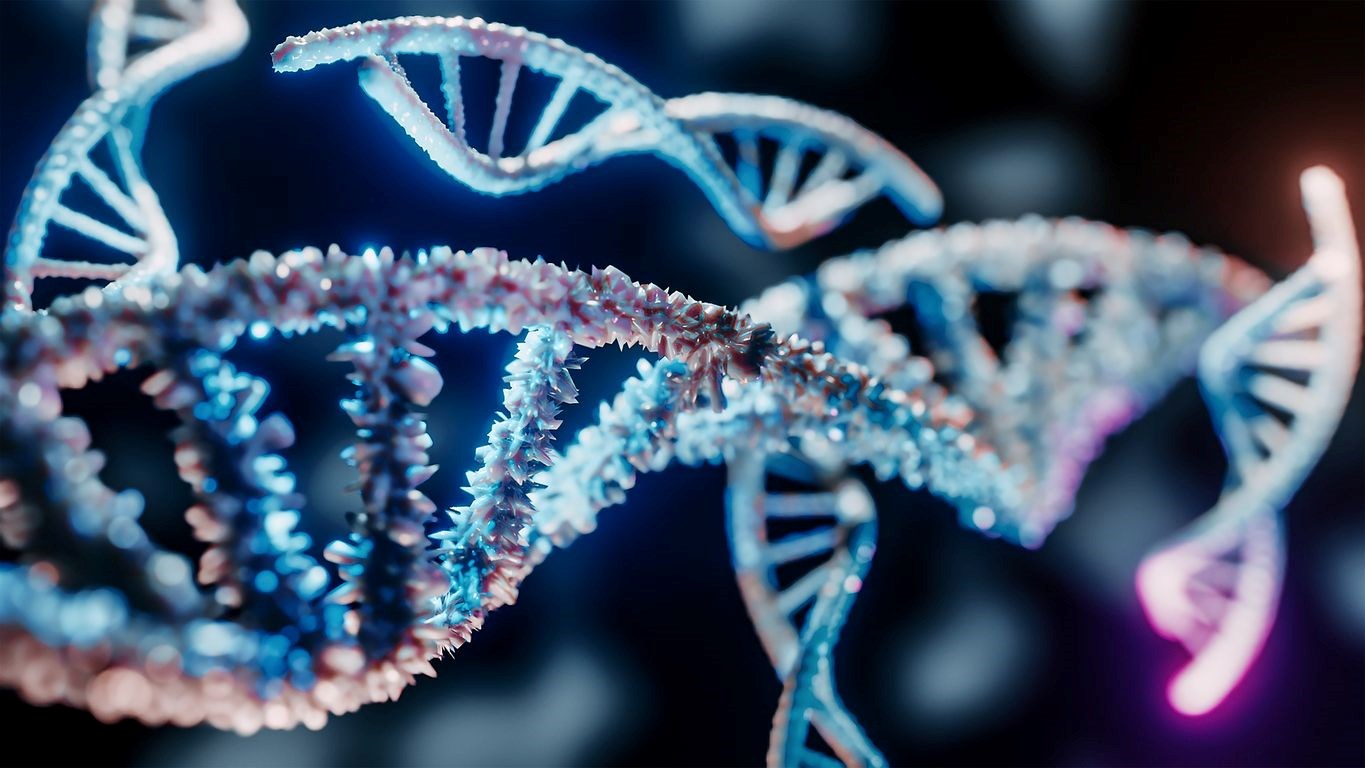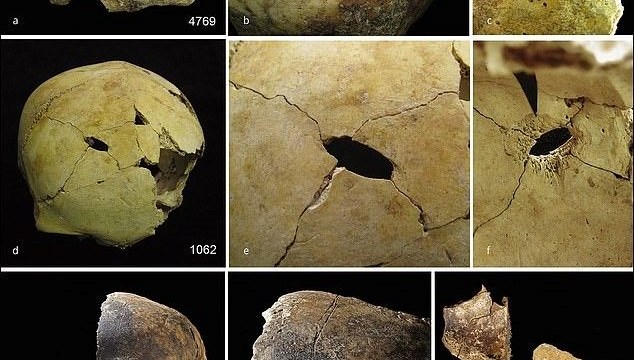The secret of the Greenland shark’s long life has been solved by research conducted by scientists. According to the research, this discovery may pave the way for new research to extend human life by revealing the genetic mechanisms that enable the shark to live long.



The jumping genes can cause certain parts of the DNA to move and disrupt normal genetic functioning. Such genetic abnormalities can be the source of developmental disorders and diseases. However, the Greenland shark’s long life provides an important clue to understanding how it tolerates the effects of these jumping genes.
Scientists believe that this is possible because of the special DNA repair mechanisms that this shark has developed to reduce the harmful effects of jumping genes.
















